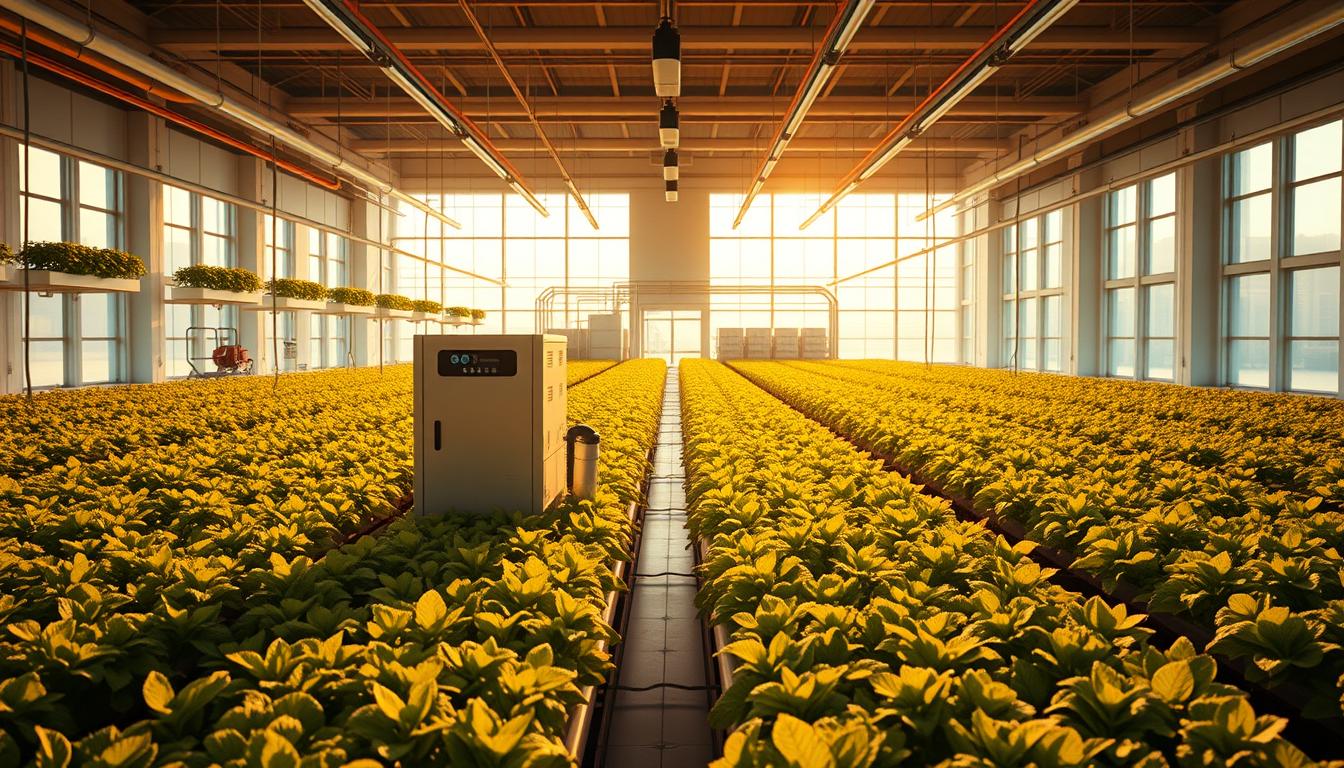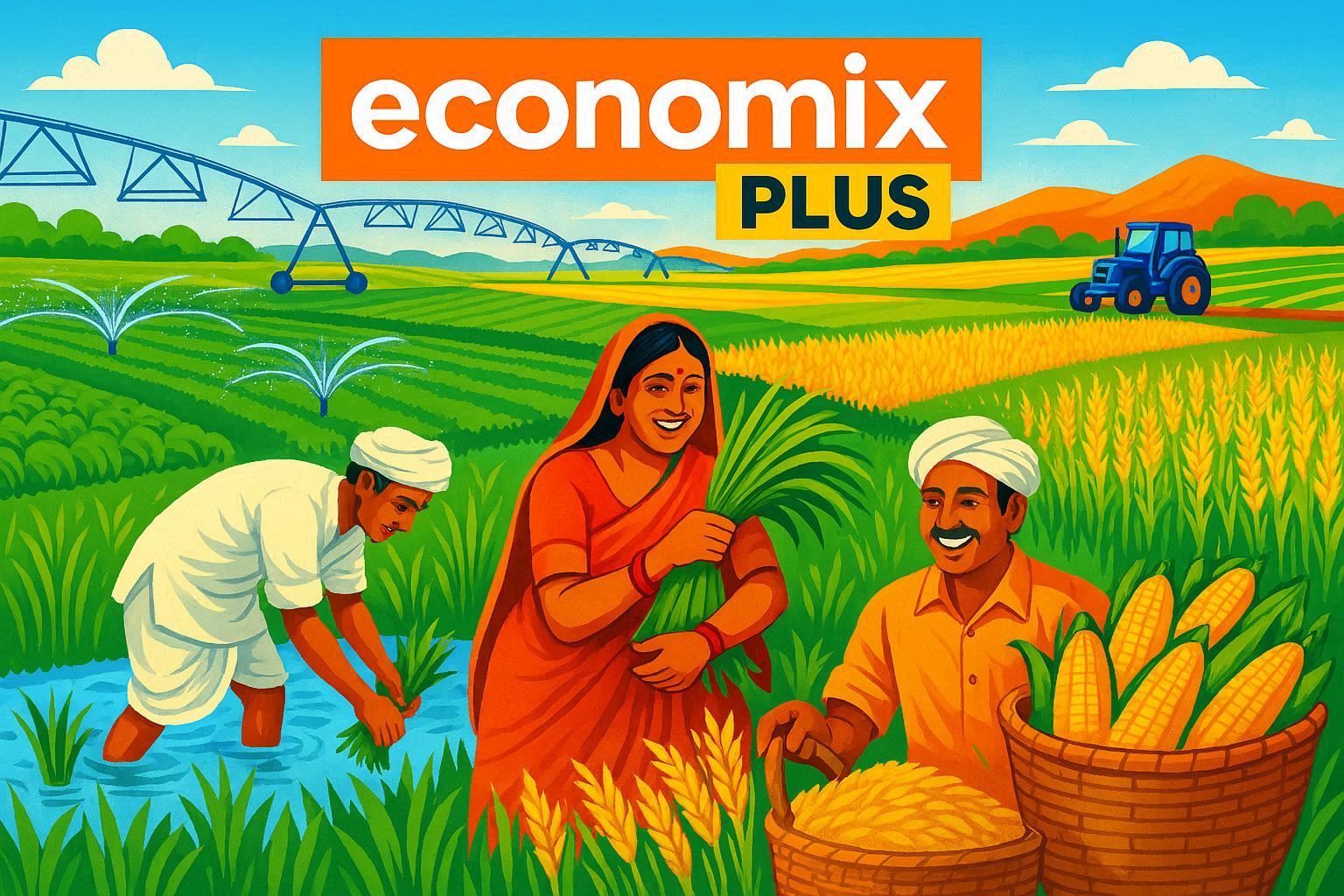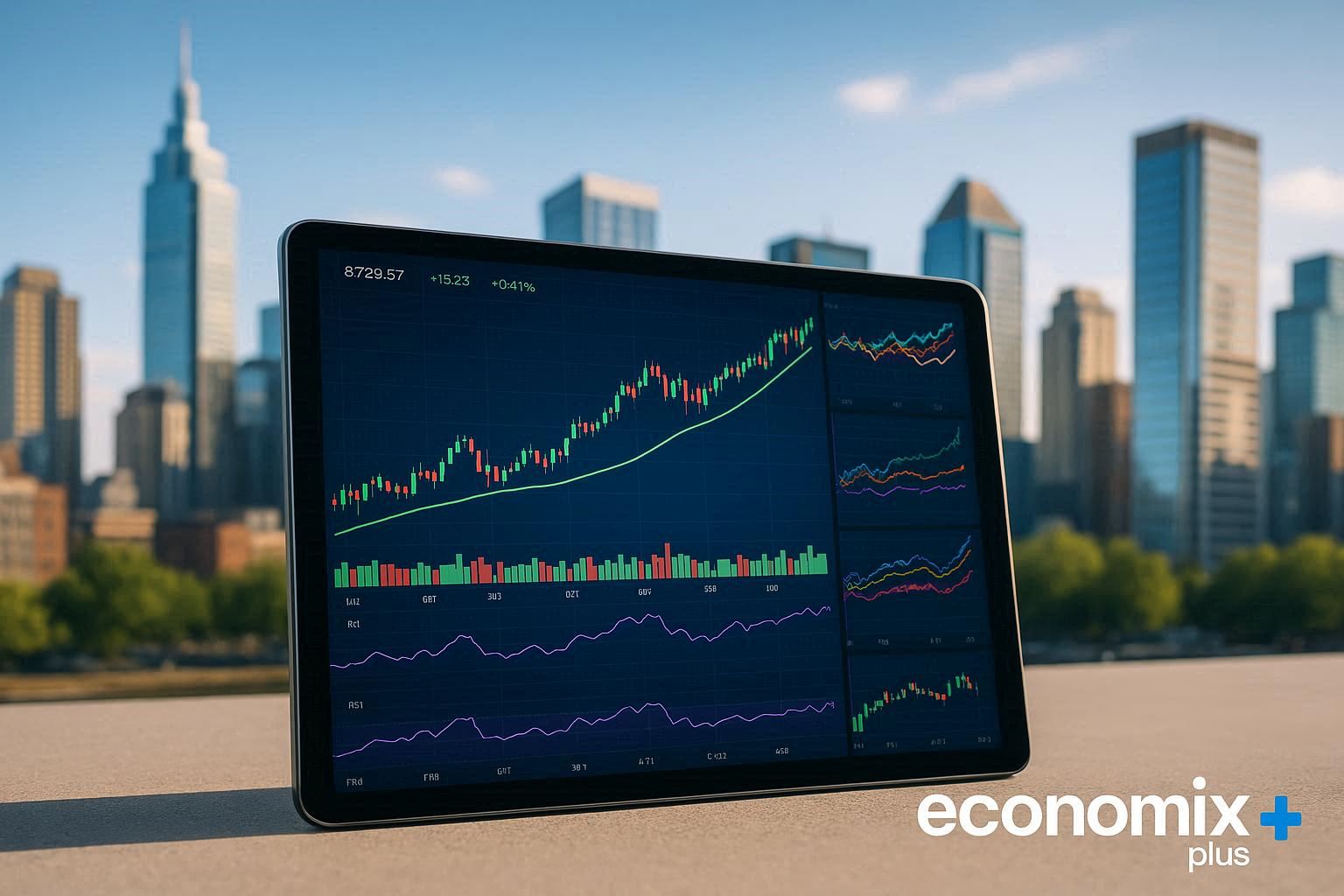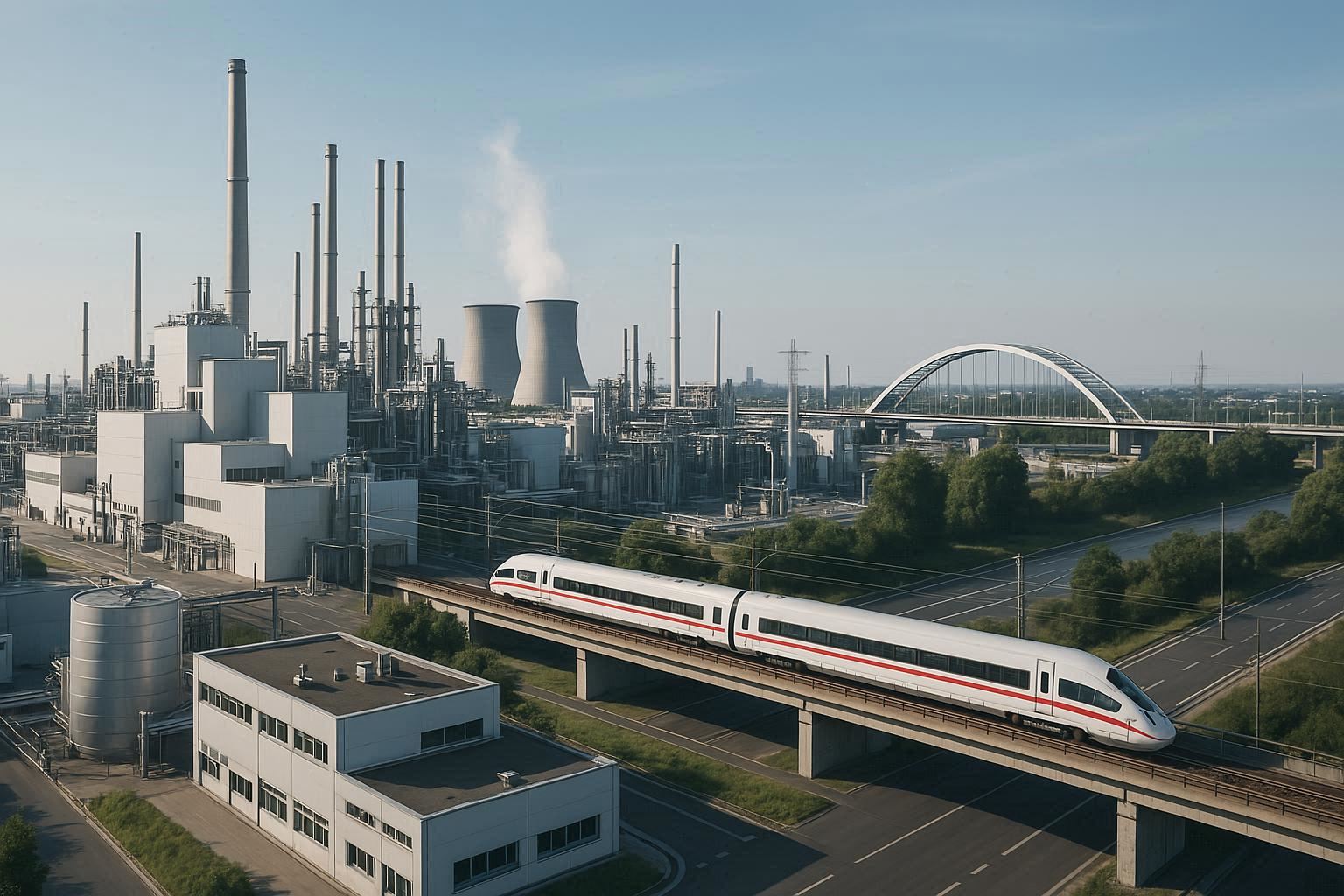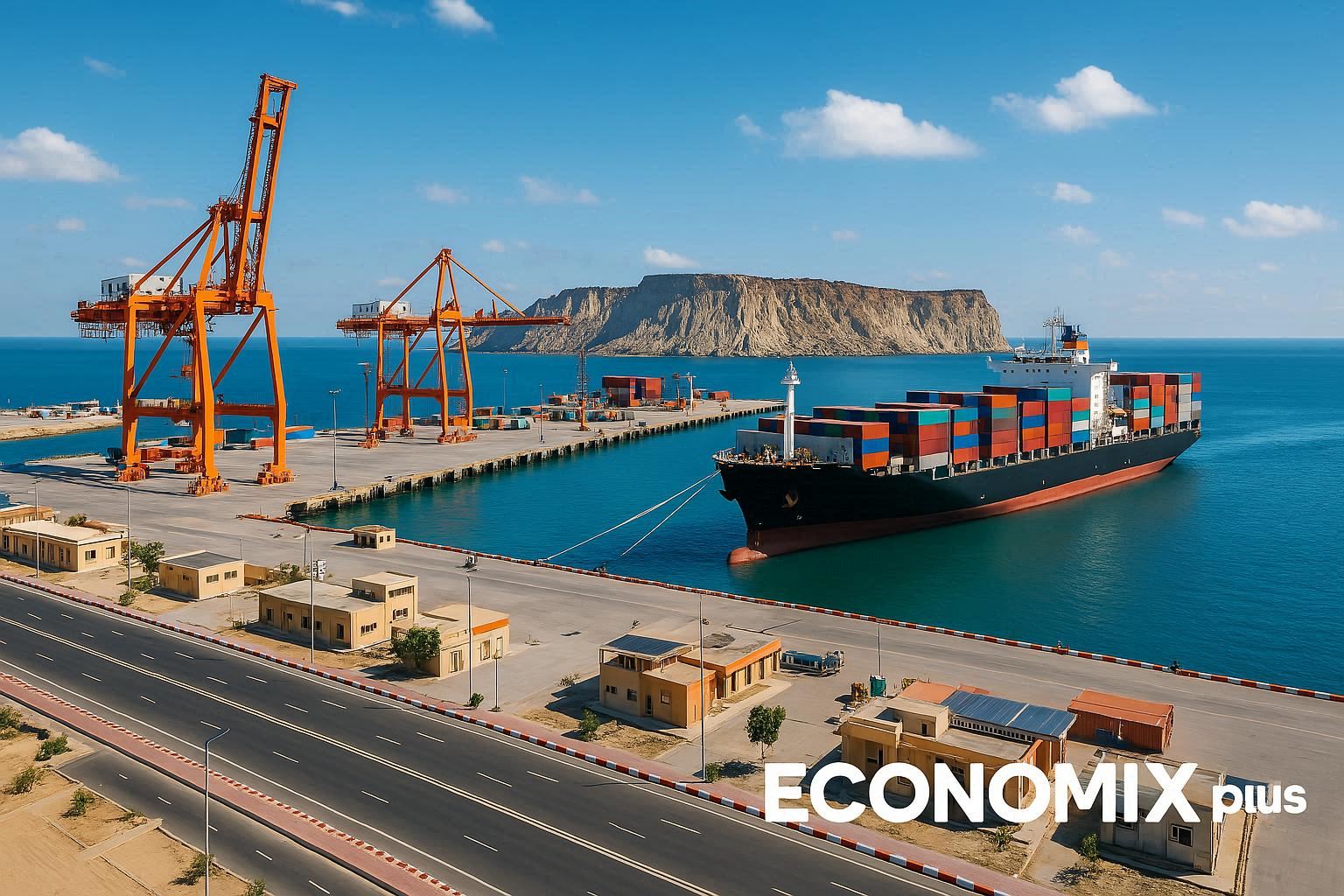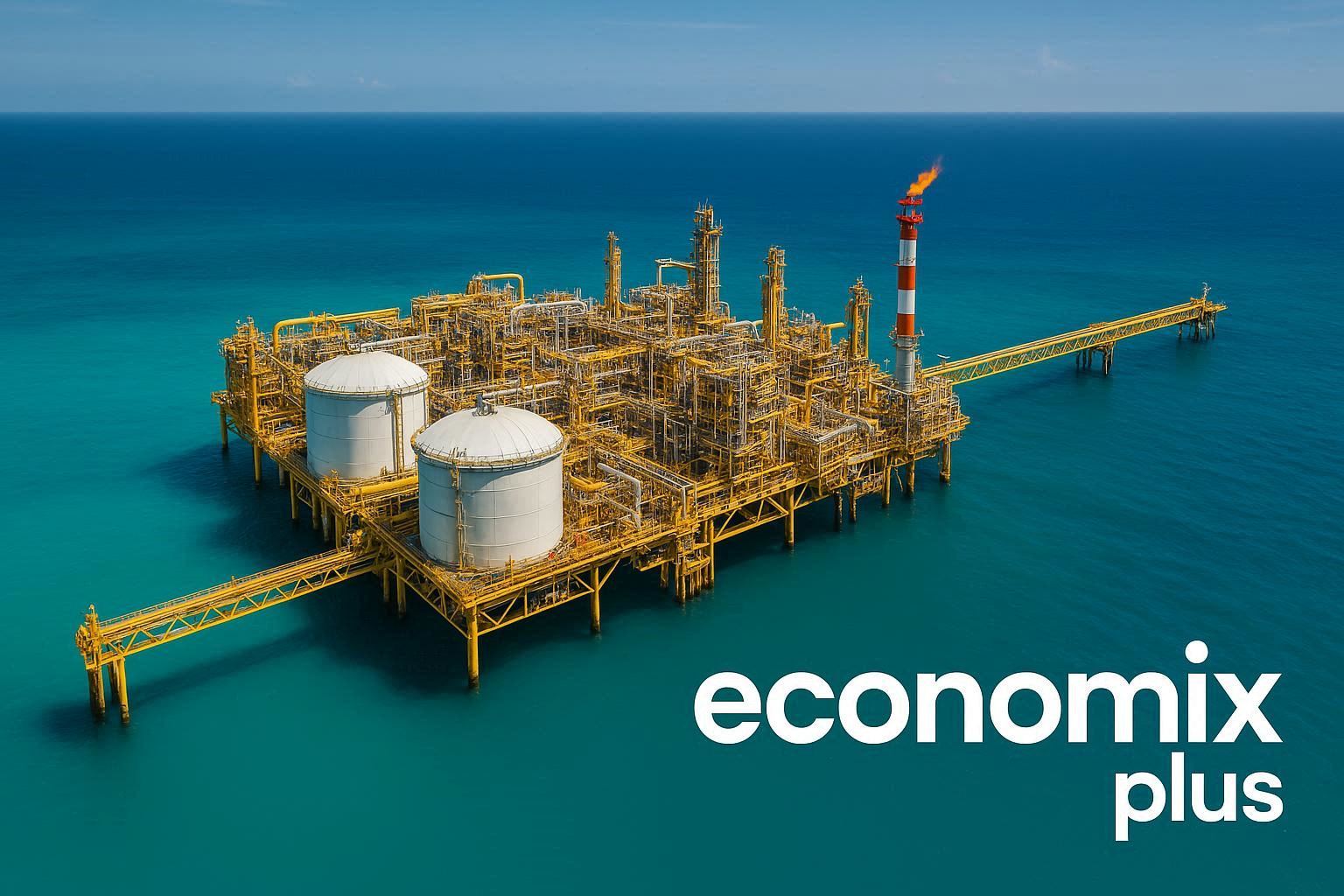With traditional agriculture facing challenges like soil degradation and water scarcity, many are asking: Can we grow food without soil? As climate change intensifies and global food shortages loom, innovative solutions are essential. Hydroponic systems are emerging as a promising answer, offering a sustainable way to produce crops in controlled environments.
Unlike conventional methods, these systems use up to 90% less water and eliminate the need for pesticides. They thrive in urban spaces and extreme climates, making them versatile for diverse regions. Companies like Bowery Farming are leading the charge with solar-powered setups, showcasing the potential for year-round crop production.
As the world grapples with environmental and food security challenges, hydroponics could play a critical role in shaping the future of agriculture. Could this method be the key to feeding a growing population while preserving natural resources?
Key Takeaways
- Traditional agriculture faces soil degradation and water scarcity issues.
- Hydroponic systems use 90% less water than conventional farming.
- These systems operate efficiently in urban and extreme climate areas.
- Solar-powered setups, like those by Bowery Farming, highlight innovation.
- Hydroponics reduce pesticide use and enable year-round crop production.
- This method addresses global food shortages and environmental concerns.
What Is Hydroponic Farming?
Exploring innovative agricultural methods has become essential in today’s world. One such method, hydroponics, is gaining traction for its unique approach to crop cultivation. This system allows plants to grow without soil, relying instead on nutrient-rich water solutions. The term “hydroponics” has its roots in ancient Greek, combining “hydro” (water) and “ponos” (labor).
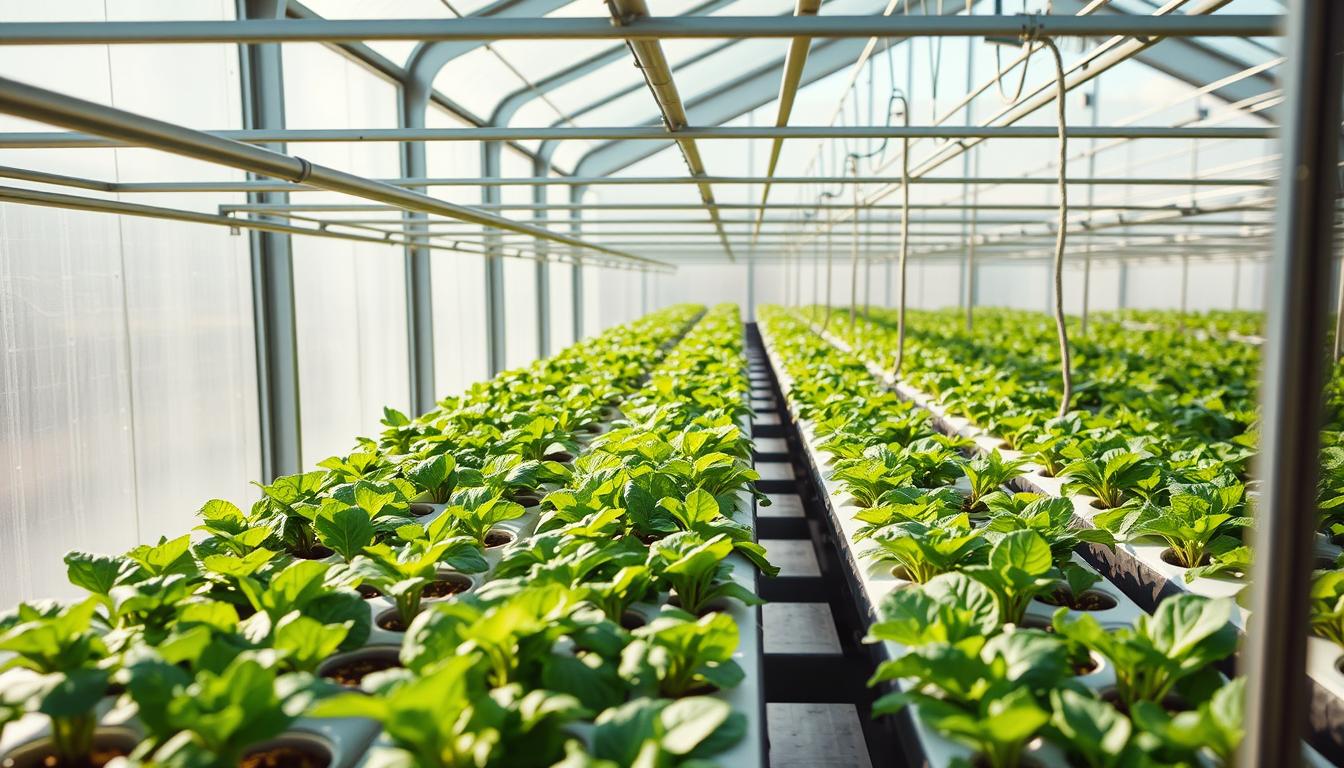
Definition and Origins
Hydroponics is defined as the practice of growing plants in a soil-less environment. Instead of relying on soil for nutrients, plants absorb essential elements directly from water solutions. This method traces back to ancient civilizations, where floating gardens and water-based cultivation were used. Today, it has evolved into a sophisticated system that maximizes efficiency and minimizes resource use.
How It Differs from Traditional Farming
Traditional farming depends on soil to deliver nutrients to plant roots. In contrast, hydroponic systems provide a controlled environment where nutrients are dissolved in water. This allows plants to absorb what they need more efficiently. Root behavior also differs—plants in hydroponics develop shorter, more concentrated roots compared to those in soil.
However, this method has limitations. Crops like potatoes or tall vines, which require deep soil, are not suitable for hydroponics. Despite this, the system excels in space efficiency, making it ideal for urban settings or small apartments. Unlike traditional farming, where soil quality can vary, hydroponics ensures consistent nutrient delivery, leading to healthier plants and higher yields.
- Nutrient delivery: Direct absorption from water solutions.
- Root behavior: Shorter, concentrated roots.
- Limitations: Unsuitable for deep-rooted crops.
- Space efficiency: Perfect for urban environments.
- Resource allocation: Controlled solutions vs. variable soil quality.
How Hydroponic Systems Work
Modern agriculture is evolving with innovative methods to address resource challenges. Hydroponic systems are at the forefront, offering a controlled environment for plant growth. These setups rely on water-based solutions to deliver essential nutrients directly to plant roots, bypassing the need for soil.
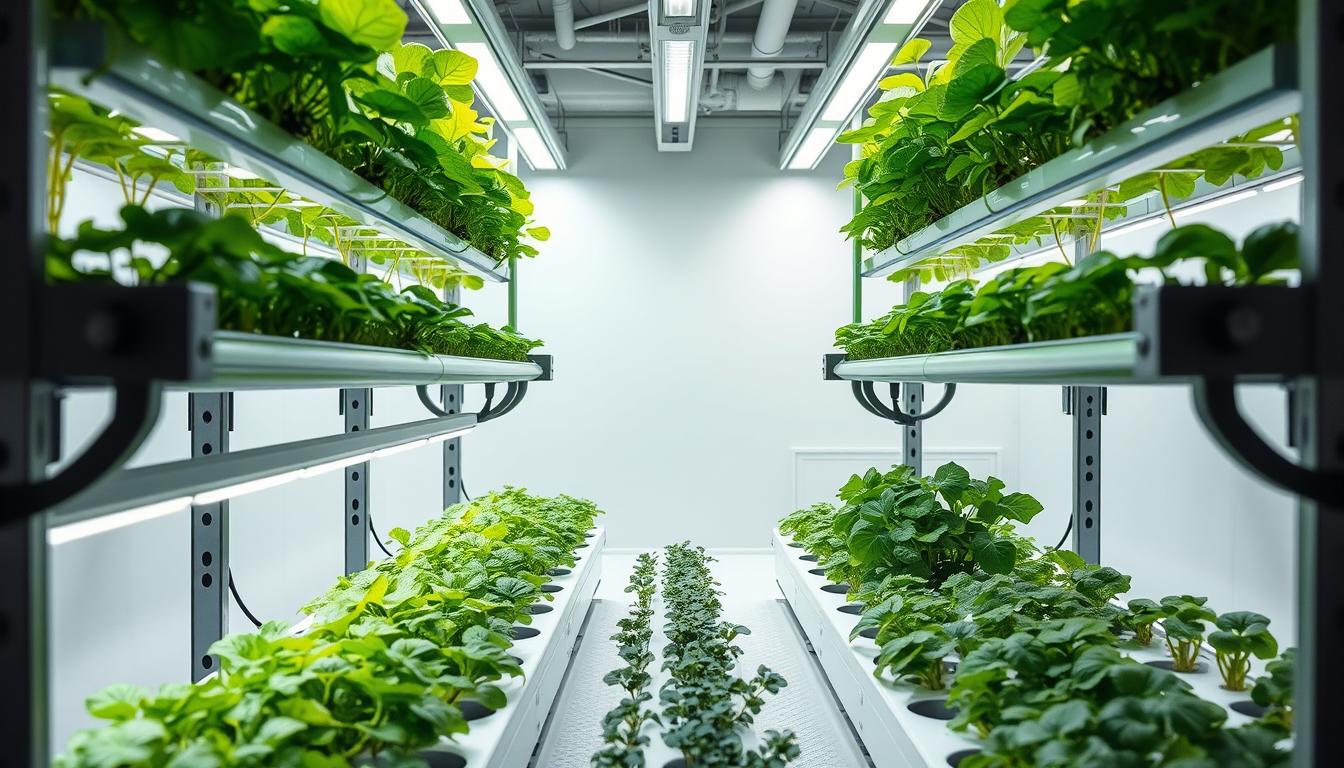
Active vs. Passive Systems
Hydroponic systems are categorized into active and passive types. Active systems use pumps to circulate nutrient-rich water, ensuring consistent delivery to plant roots. This method is efficient but requires a steady power supply. On the other hand, passive systems rely on gravity or capillary action to move water and nutrients. While simpler, they often need frequent water changes to prevent algae growth.
Essential Components of a Hydroponic Setup
Every hydroponic system consists of several key components. These include reservoirs for storing water, pH controllers to maintain optimal conditions, and grow trays to support plants. Lighting, such as LED panels, ensures proper photosynthesis, while air pumps oxygenate the water for healthier roots. Tools like EC meters help monitor nutrient levels, ensuring plants receive what they need.
However, these systems face challenges, particularly their dependency on electricity. Companies like Bowery Farming are addressing this by integrating solar power into their setups. This innovation reduces energy costs and enhances sustainability.
Maintenance also varies between systems. Active setups require mechanical vigilance, such as checking pumps and filters. Passive systems, while less complex, demand regular water changes to manage algae. Both methods offer unique advantages, making them suitable for different environments and needs.
Is Hydroponic Farming a Real Alternative to Soil in the Future?
As global populations rise, innovative solutions are needed to ensure food security. Traditional methods struggle to keep up with the demands of expanding cities and changing climates. Vertical farming, a key component of modern agriculture, offers a promising way forward.
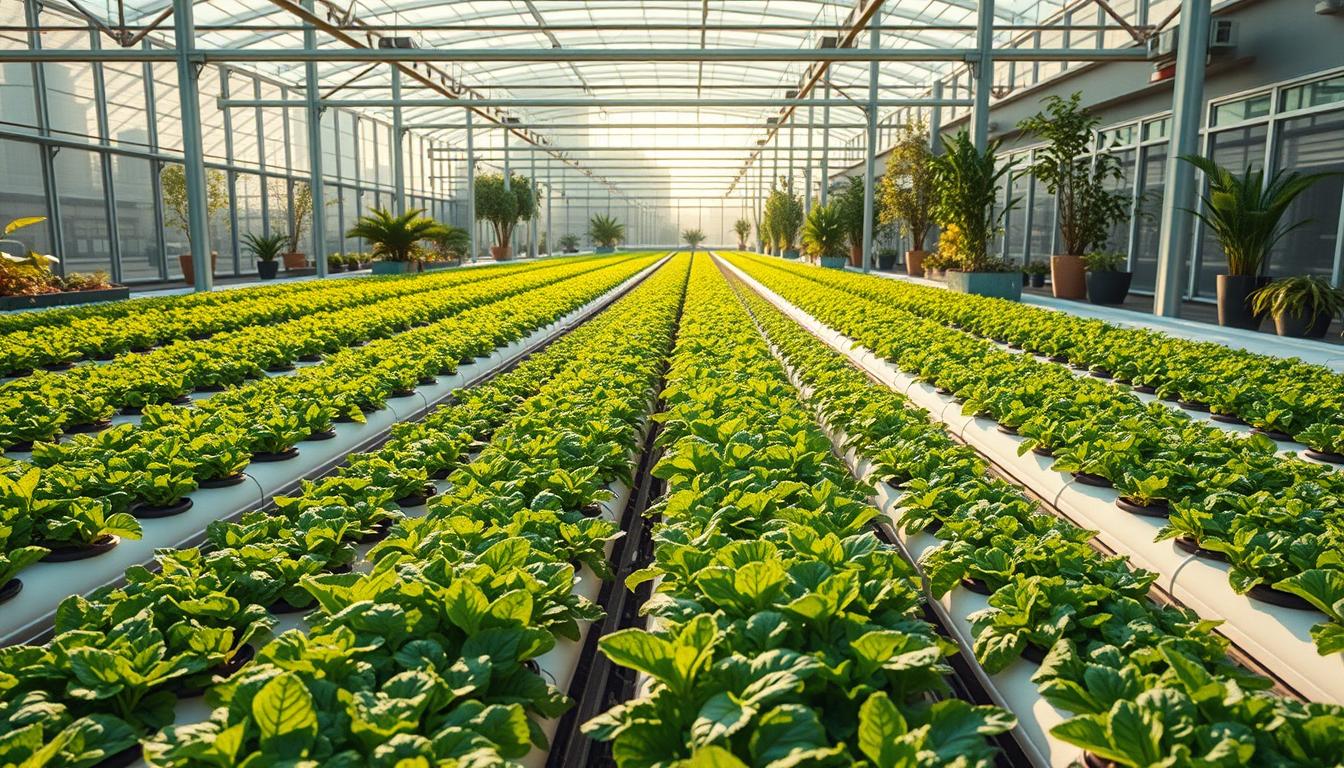
Potential to Address Global Food Shortages
Vertical farms like Planted Detroit are already making a difference. These systems supply fresh produce to local restaurants and grocers, reducing reliance on long-distance transportation. This hyper-local approach minimizes food spoilage and lowers emissions, addressing both food shortages and environmental concerns.
Year-round production is another advantage. Unlike traditional farming, vertical setups are unaffected by seasons or extreme weather. This ensures a steady food supply, even in regions prone to droughts or harsh climates. Closed-loop water systems further enhance climate resilience, making these farms adaptable to diverse environments.
Suitability for Urban and Limited Spaces
Urban areas face unique challenges, including land scarcity and high demand for fresh produce. Vertical farming excels in these settings by maximizing space efficiency. Plants are stacked in layers, allowing for high yields in compact areas. This makes it ideal for densely populated cities where land is limited.
Planted Detroit’s success in Michigan highlights the scalability of this method. By supplying local markets, they reduce “food miles” and ensure fresher produce for consumers. This model can be replicated in other megacities, offering a sustainable solution to urban food needs.
| Feature | Traditional Farming | Vertical Farming |
|---|---|---|
| Space Use | Requires large land areas | Maximizes vertical space |
| Water Efficiency | High water consumption | Uses closed-loop systems |
| Climate Resilience | Vulnerable to weather changes | Operates year-round |
| Food Miles | Long-distance transportation | Hyper-local distribution |
With rising population growth and increasing urbanization, vertical farming could play a critical role in creating climate-resilient food systems. Its ability to thrive in limited spaces and adapt to environmental challenges makes it a viable solution for the future.
Advantages of Hydroponic Farming
Innovative agricultural techniques are reshaping how we grow food. These methods offer significant benefits, from resource conservation to higher yields. Let’s explore the key advantages of hydroponic systems.
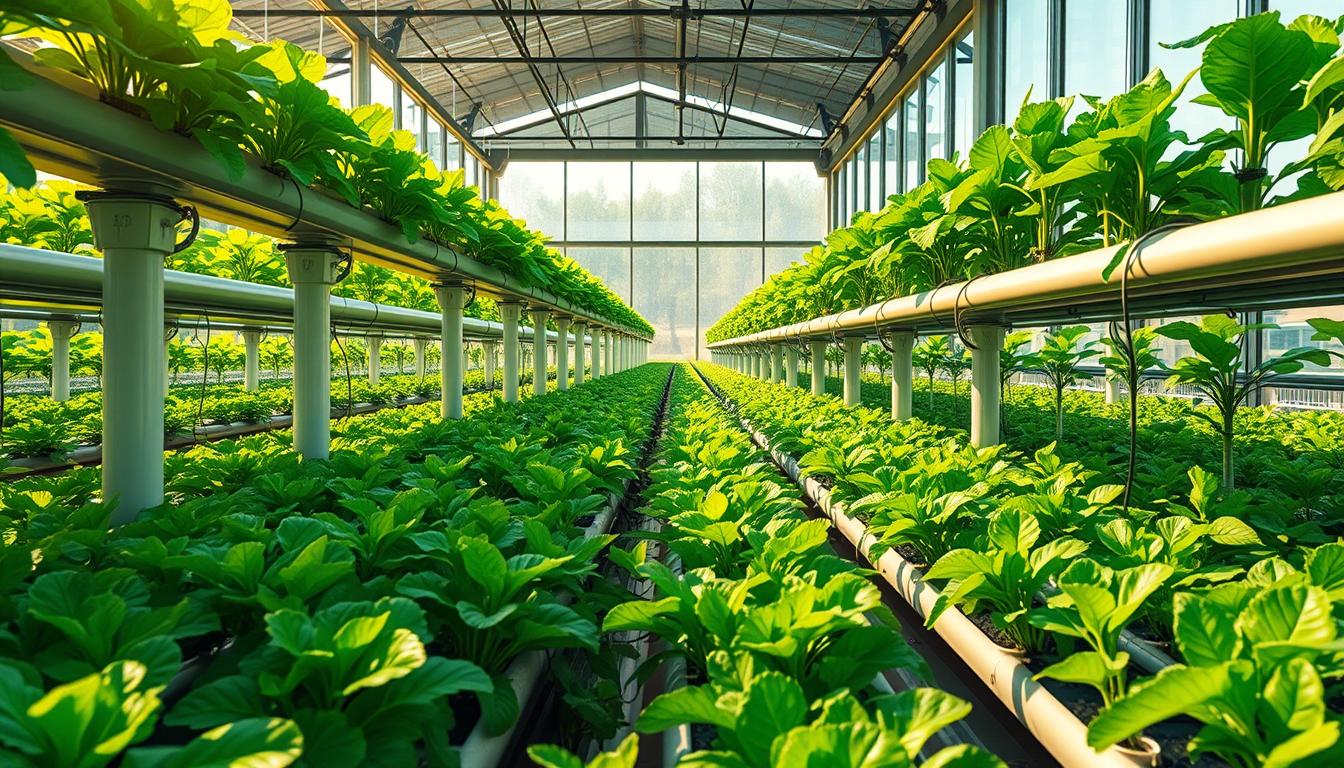
Water Efficiency and Sustainability
One of the most notable benefits is water efficiency. Hydroponic systems use up to 90% less water than traditional methods. This is achieved through recirculation, minimizing evaporation loss. In drought-prone regions, closed-loop systems ensure water is reused, promoting sustainability.
Year-Round Crop Production
Another advantage is the ability to grow crops year-round. With controlled environments, factors like light and temperature are optimized. LED lighting mimics sunlight, enabling growth even in winter. This consistency leads to higher yield and reliable food supply.
Reduced Use of Pesticides
Hydroponic systems also minimize the need for pesticides. Enclosed setups reduce pest exposure, lowering chemical dependency. Studies show hydroponic greens often have higher vitamin C levels, proving their nutritional value. Additionally, eliminating herbicides and fungicides cuts costs.
| Feature | Traditional Farming | Hydroponic Farming |
|---|---|---|
| Water Usage | High evaporation loss | 90% less water via recirculation |
| Seasonal Constraints | Dependent on weather | Year-round production |
| Pesticide Use | High chemical dependency | Minimal exposure, lower usage |
| Sustainability | Variable resource efficiency | Closed-loop systems |
These advantages highlight why hydroponic systems are gaining traction. They address critical issues like water scarcity, food security, and environmental impact, making them a viable solution for the future.
Challenges of Hydroponic Farming
While innovative systems offer numerous benefits, they also present significant challenges. From high initial investments to technical dependencies, these hurdles must be addressed for widespread adoption.
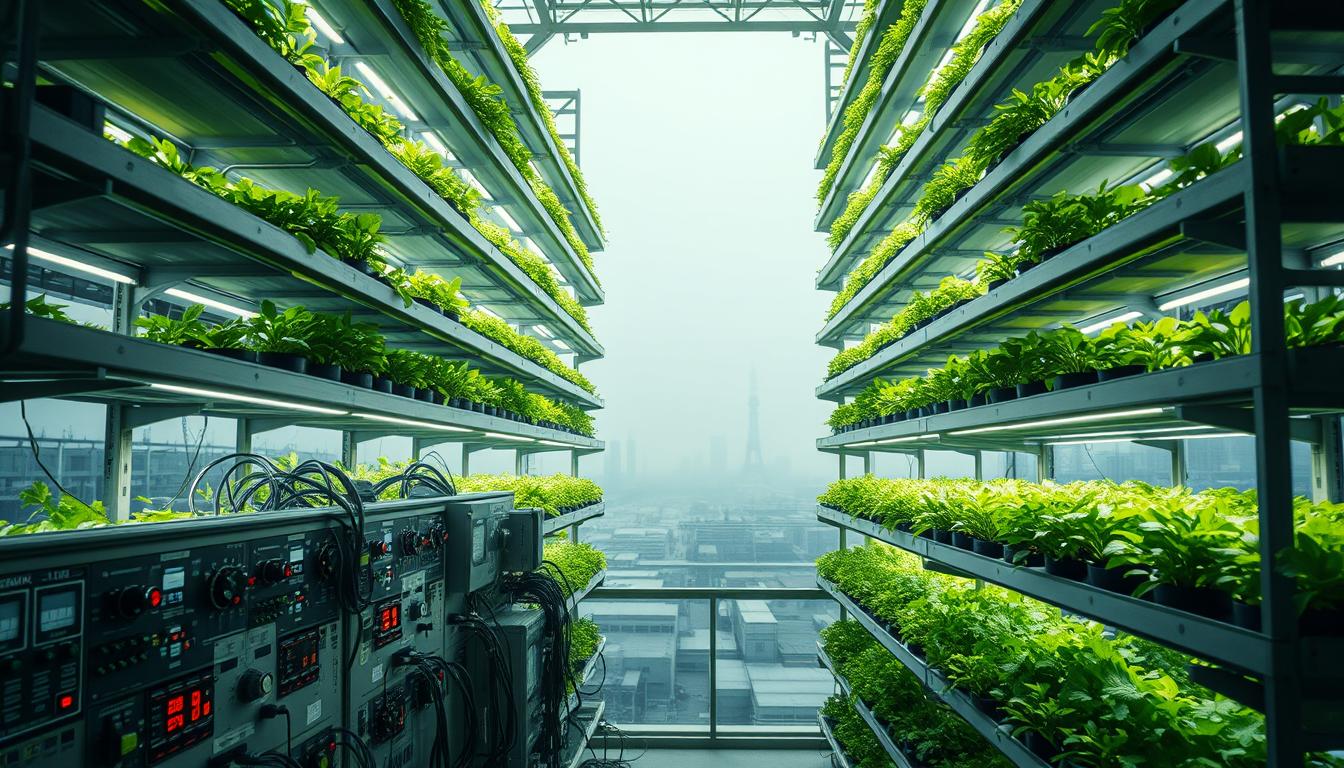
High Initial Setup Costs
Commercial systems often require substantial upfront investments. Key components like lighting, plumbing, and sensors can drive setup costs beyond $10,000. For smaller operations, the return on investment (ROI) may take several years, while larger setups might see quicker paybacks.
Solar integration offers a sustainable solution but faces challenges in cloudy regions. Despite these obstacles, proper planning can mitigate financial risks and ensure long-term viability.
Dependency on Electricity and Technology
These systems rely heavily on electricity and advanced technology. Power outages can disrupt nutrient delivery, leading to system failure. Maintaining consistent energy supply is critical, especially in areas with unreliable grids.
Technical expertise is also essential for managing pH levels and nutrient balances. Without skilled operators, even the most advanced setups can underperform.
Risk of Waterborne Diseases
Shared water solutions increase the risk of waterborne diseases. Pathogens like Pythium can spread rapidly, threatening entire crops. Implementing strict sterilization protocols is crucial to prevent outbreaks.
Regular monitoring and maintenance ensure water quality, safeguarding plant health. For more insights on overcoming these challenges, refer to this detailed analysis.
Hydroponic Farming vs. Traditional Agriculture
As the demand for sustainable food production grows, comparisons between modern and traditional methods become essential. Both approaches have unique strengths and challenges, but understanding their differences can help shape the future of agriculture.
Resource Efficiency Comparison
Modern systems excel in resource efficiency, using only 1/20th of the land area required by traditional methods. Vertical stacking maximizes space, making it ideal for urban environments. In contrast, monoculture fields demand vast expanses, often leading to deforestation.
Water usage is another critical factor. According to UN FAO data, traditional methods consume significantly more water due to evaporation and runoff. Closed-loop systems in modern setups recycle water, reducing waste and ensuring consistent supply.
Environmental Impact
Traditional agriculture contributes 24% of global greenhouse gas emissions, primarily from machinery and soil tilling. Modern systems, however, operate with minimal emissions, especially when powered by renewable energy sources like solar panels.
Pesticide runoff from traditional fields often contaminates aquatic ecosystems, harming biodiversity. Modern methods, with their enclosed environments, drastically reduce chemical dependency, preserving both water quality and wildlife habitats.
“By minimizing land conversion and chemical use, modern systems play a vital role in protecting natural resources,” says an expert in sustainable agriculture.
- Land footprints: Vertical stacking vs. monoculture fields.
- Water usage: Closed-loop systems vs. high evaporation rates.
- Emissions: Traditional machinery vs. renewable energy-powered setups.
- Biodiversity: Reduced pesticide use vs. chemical runoff.
Debunking Common Myths About Hydroponic Farming
Misconceptions often cloud the perception of modern agricultural methods. Many believe that crops grown without soil lack the nutritional value, taste, and quality of traditionally farmed produce. However, research and real-world examples prove otherwise. Let’s explore and dispel these myths.
Nutritional Value of Hydroponic Produce
One common myth is that crops grown in water-based systems are less nutritious. Peer-reviewed studies, including those from the NIH, show that hydroponic lettuce often contains equal or higher levels of antioxidants compared to soil-grown varieties. For example, Planted Detroit’s microgreens are favored by chefs for their peak freshness and nutrient density.
- Antioxidant levels: Hydroponic greens often surpass soil-grown counterparts.
- Vitamin C: Studies show higher concentrations in hydroponic produce.
- Consistency: Controlled environments ensure uniform nutrient delivery.
Sustainability and Environmental Impact
Another misconception is that these systems lack sustainability. The USDA allows organic certification for hydroponic setups, provided they avoid synthetic inputs. This ruling, upheld by the 9th Circuit Court, highlights their eco-friendly potential. Closed-loop water systems further reduce waste, making them a sustainable choice for the future.
| Aspect | Traditional Farming | Hydroponic Systems |
|---|---|---|
| Water Usage | High evaporation loss | 90% less water via recirculation |
| Chemical Dependency | High pesticide use | Minimal exposure, lower usage |
| Organic Certification | Soil-dependent | Allowed without synthetic inputs |
Taste and Quality of Hydroponic Crops
Some assume that produce from controlled environments has an artificial taste. Blind taste tests reveal that crops like Planted Detroit’s microgreens are preferred for their flavor intensity and freshness. Optimized nutrient solutions enhance taste, often surpassing soil-grown varieties.
- Chef partnerships: Planted Detroit supplies top restaurants, showcasing quality.
- Flavor profiles: Nutrient solutions enhance taste without soil minerals.
- Consumer preference: Blind tests favor hydroponic produce.
By addressing these myths, it’s clear that modern systems offer a viable, sustainable, and high-quality alternative to traditional methods.
Conclusion
As global food demands rise, innovative solutions are essential for sustainability. Modern systems like hydroponics address critical challenges, from water scarcity to urban food shortages. Their ability to operate in controlled environments ensures year-round production, making them a cornerstone of sustainable agriculture.
Investing in renewable-powered setups can offset energy costs, enhancing their resilience. Policy support for urban initiatives will further accelerate their adoption, creating a robust framework for future food systems. Market growth is expected to surge as climate-conscious consumers drive demand for eco-friendly produce.
Supporting local initiatives, such as Planted Detroit, fosters community engagement and promotes sustainable practices. By embracing these systems, we can build a more resilient and innovative food landscape for the future.
